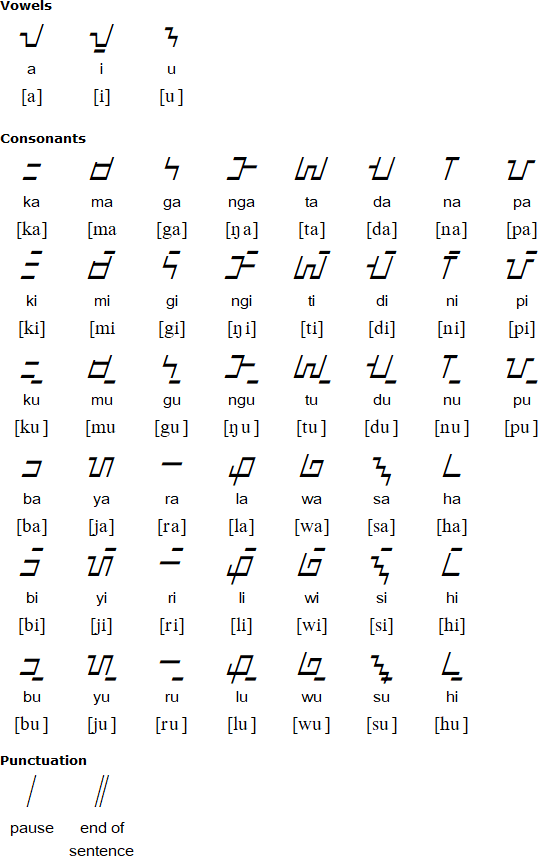Heh, that's a good one. Looks very strange indeed. Cyrillic is honestly not that hard. It's just a matter of memorizing the different characters. After a while, your mind doesn't get the characters confused with the Latin alphabet anymore.Armenian is pretty, but looks very difficult to read, all the letters look so alike
I have studied Cyrillic, Korean, Japanese, and Chinese, but the one writing system that has given me the most hell in something called Hanacaraka, or old Javanese script:

You can read about it on Wikipedia. This thing is a mess, and it sucks because I really want to learn it.




